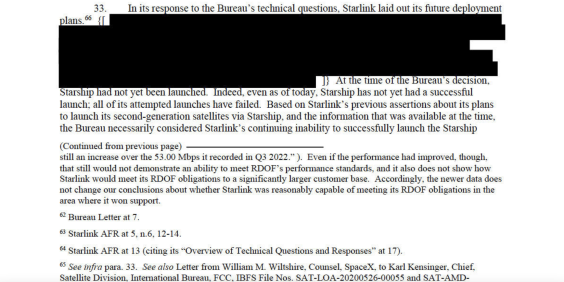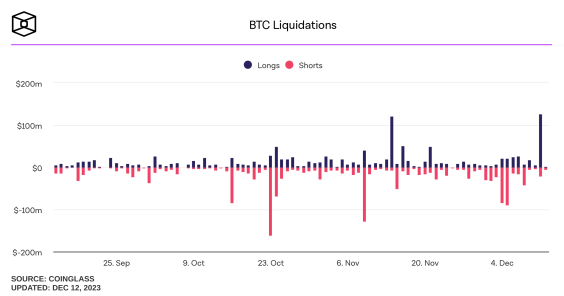This is not investment advice. The author has no position in any of the stocks mentioned. Wccftech.com has a disclosure and ethics policy.
NIO (NYSE:NIO) is perhaps the only EV manufacturer in the world that has the greatest potential of upending Tesla’s (NASDAQ:TSLA) relentless supremacy in the industry. Tesla’s soaring production capacity and its Navigate on Autopilot (NOA) feature currently form the bedrock of the EV giant’s supremacy. However, it is the latter factor that has cemented Tesla’s lead. Honed over a number of years by utilizing live data from millions of connected EVs, the Autopilot offers unmatched capabilities and a very promising outlook. Nonetheless, NIO can break Tesla’s chokehold over autonomous driving if it integrates the lidar provided by Luminar Technologies with its bespoke autonomous driving functionality.
During the Beijing International Automotive Exhibition 2020 held in late September, NIO unveiled the OS version 2.7.0 of its Navigate on Pilot (NOP) feature. This is an Advanced Driver-Assistance System (ADAS) that leverages 23 sensor devices and high precision mapping to provide location accuracy of up to 20cm. NIO’s NOP provides route optimizing service along with lane change recommendations. It can also automatically steer the vehicle along a pre-set route. However, the feature is still not as developed as Tesla’s Autopilot.
Bear in mind that Luminar has partnered with around 50 automakers, including NIO. However, its lidar is currently only being deployed in Volvo's next-gen EV, estimated to launch in 2022. This brings us to the crux of the matter. NIO can easily bridge the gap with Tesla when it comes to autonomous driving by integrating Luminar's lidar in its electric vehicles. As per an investor presentation by Luminar in August 2020, the company’s proprietary lidar architecture is leagues ahead of other comparable offerings, utilizing an InGaAs Receiver & ASIC (2x) 1550nm Laser Dual-Axis Scanner.

Luminar’s lidar provides a range performance of over 250 meters and a maximum resolution of over 300 pts/deg2 @ 10Hz. Moreover, it also offers a wider field of view.

Crucially, Luminar’s lidar offers full-stack highway autonomy that can be leveraged by NIO to exceed the capabilities currently offered by Tesla.

While the scenario explored in this article is quite practical, certain factors may limit its feasibility. First, the financial impact of such a partnership may deter NIO. Moreover, Luminar’s product can be easily integrated by other OEMs as well, eliminating any preliminary advantage that NIO is able to carve out. Additionally, we should keep in mind that these claims come from Luminar’s investor presentation and may be susceptible to hype. Moreover, it would be erroneous to write-off Tesla’s superior autonomous driving capabilities anytime soon. After all, the EV giant continues to leverage live data steam from millions of electric vehicles already on the road to incessantly improve its autonomous driving system. Due to all of these considerations, NIO may continue to work upon its in-house ADAS solution.
Finally, readers should note that one of the purposes of this article is to highlight the stealth revolution that is currently underway in the field of autonomous driving. With various OEMs pursuing different strategies, it is only a matter of time when one of these EV players hits gold. The identity of the victor, however, is far from certain at this stage.













